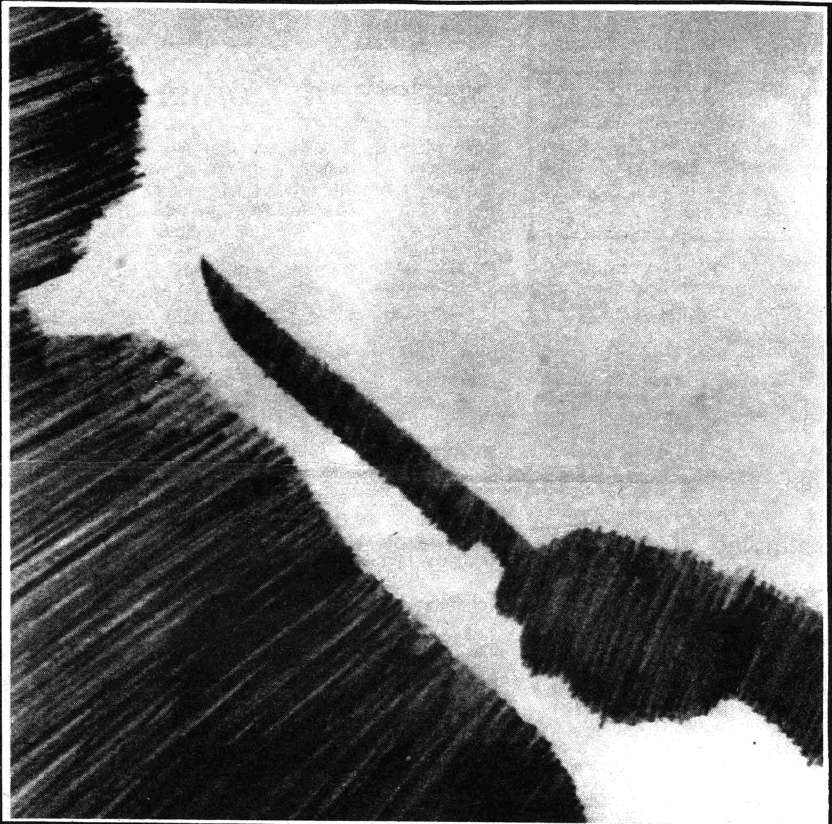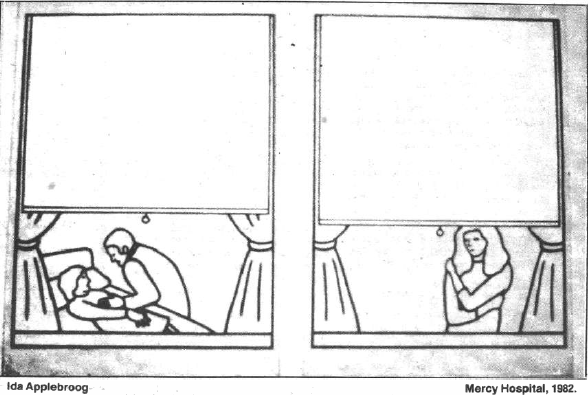“One of three women will be raped in their lifetime. For the rapist, life goes on as it did before. For the [survivors], life will never be the same” (Moore, 1). This is the opening line of a Lantern piece covering the art exhibit, “Rape”, to help survivors (both artists and viewers) cope with their past experiences with sexual violence. The exhibit featured 20 artists’ personal work with various mediums (Moore, 6). Some of the artists were interviewed, where a few cited that they were not able to talk about the rape for quite some time, let alone make art about it. One survivor, Helen Mangseldorf states, “To make art about rape was near impossible at first, just as it was always impossible to face my feelings about it”(Moore, 6). Others cited similar feelings of shame, denial, and fear.
While all the art had a common theme of the commonality and devastation of rape, there were different themes to convey the overarching message. Some did more individualized art, such as self-portraits; others made pieces that highlighted the political systems that subjugate women, and use their bodies as a battleground, as seen in the piece below, Central American Rape, 1983 (Moore, 7). Others made pieces that signified the recovery process of rape. The exhibit gave “a voice to their silent agony”, provided “survivors psychological exercise”, and it “raised people’s awareness of rape as a continuing problem of society” (Moore, 7). After the exhibit of OSU, the exhibit went on a two-year national tour.
Works Cited
Moore, Barbara Easton. “Art Exhibit Exposes Rape.” The Lantern [Columbus] 14 Nov. 1985: 1+. Print.



